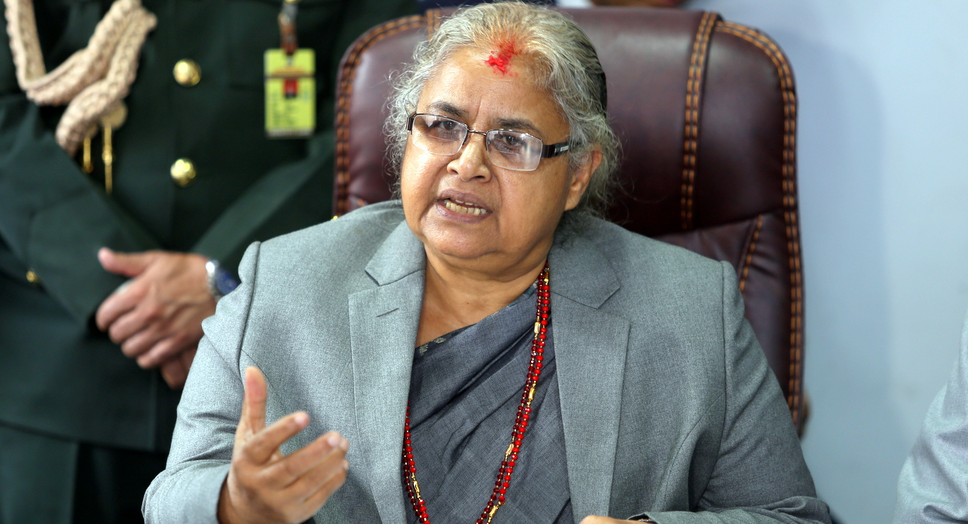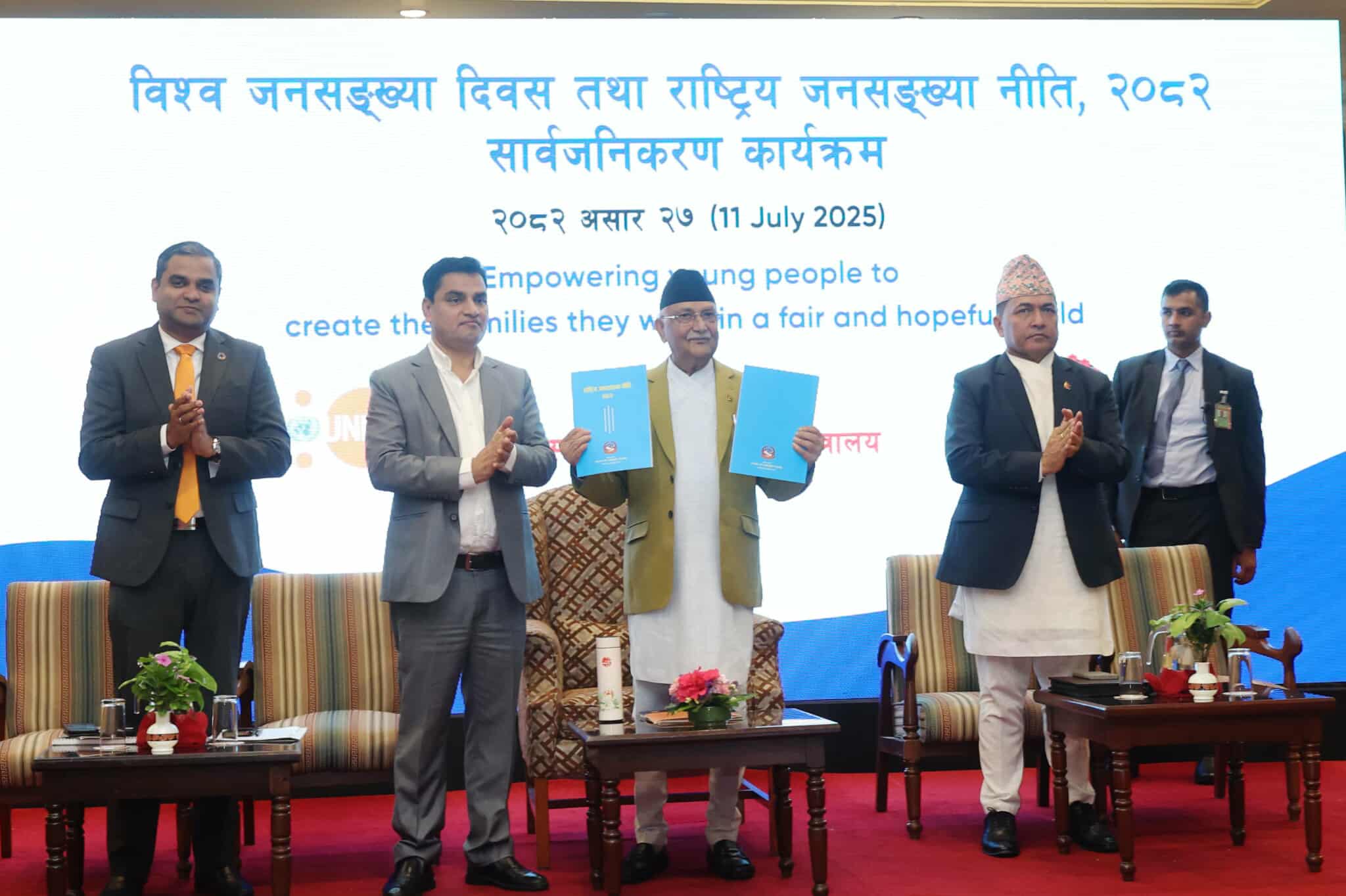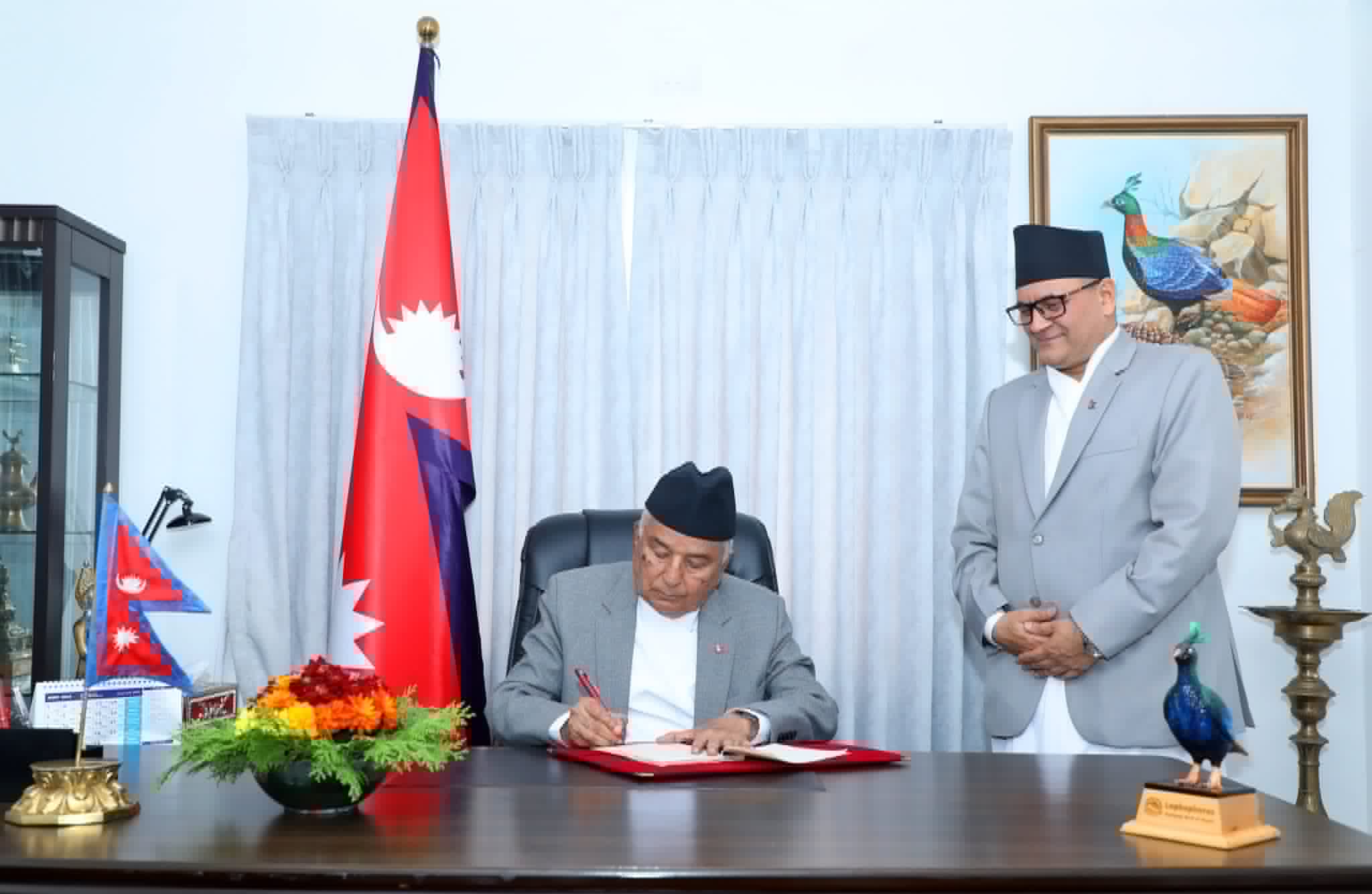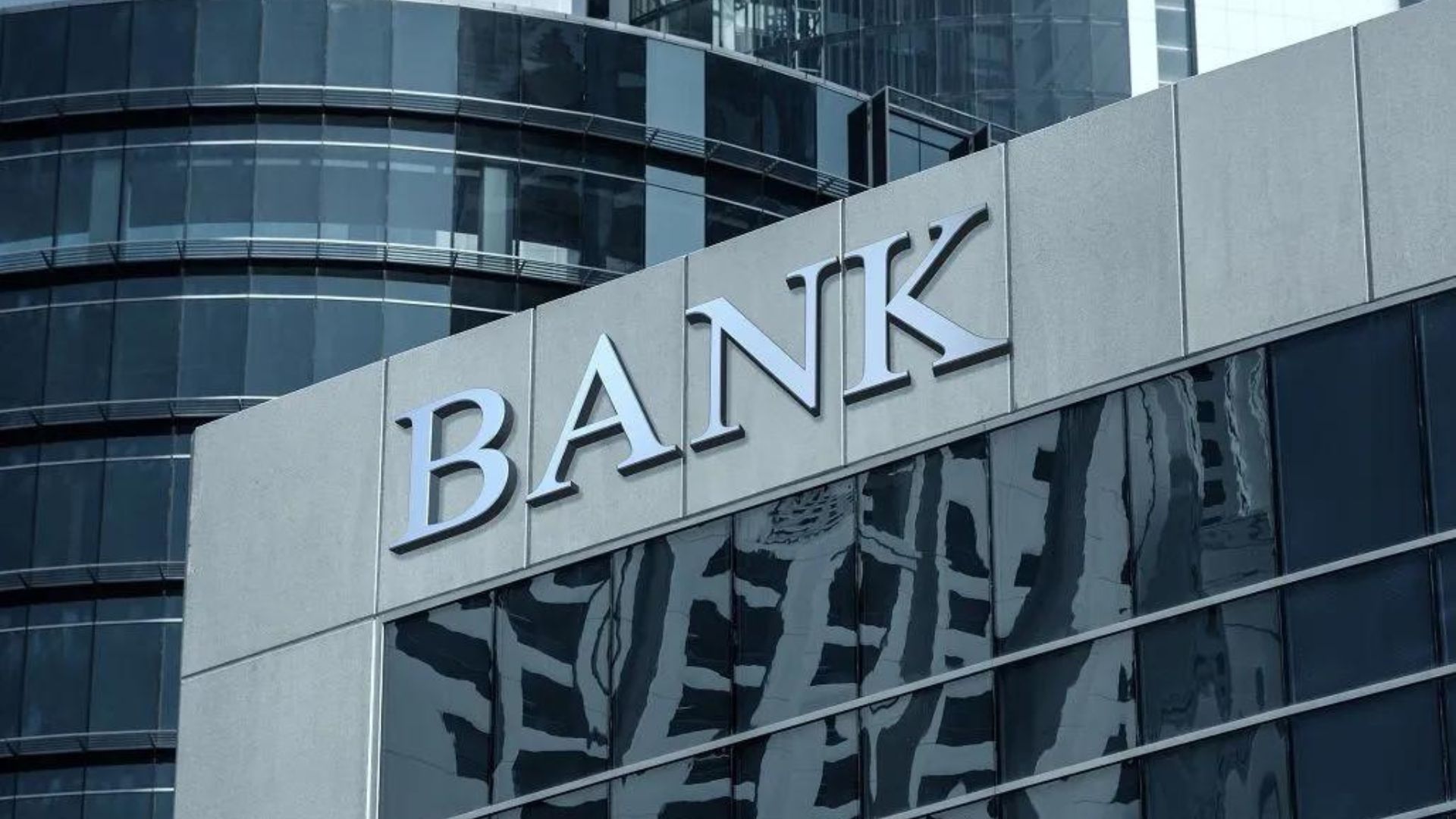A major financial scandal has come to light in Nepal as the District Government Attorney’s Office in Banke filed a case against 109 individuals for their alleged involvement in the embezzlement of more than Rs 3.2 billion from Karnali Development Bank. On Wednesday, a case was registered at the Nepalgunj bench of the High Court Tulsipur after a wide investigation done by the Central Investigation Bureau (CIB) of Nepal Police. The case has garnered considerable public attention owing to the amount of financial irregularities in the case and the number of people involved.
Out of the 109 accused, only four have been arrested and two are said to be dead. The rest remain absconding. Among the arrested are some of the top figures associated with the bank, including founding chairperson Rajendrabir Raya, who alone is accused of misappropriating Rs 2.63 billion. Others arrested include Ved Prakash Singh Thakuri, the bank’s then-finance officer; Pashupati Dayal Mishra, who also served as board chairperson and is a known political figure; and Bhuwan Basnet, a supervision officer from Nepal Rastra Bank. These people are facing banking offenses and has a case in front of the court, with their statements being recorded by the court as of Thursday.
The investigation into this case of grand theft shows that a variety of fraudulent activities took place. One of the main conclusions from the investigation was the Rs 1.12 billion was withdrawn in cash from other banks were not deposited into the systems of Karnali Development Bank. And, in addition, the further Rs 153 million supposed to be deposited into other financial institutions was not recorded in the banks official books. These transactions had no documentation or approval, and the proceeds were taken for personal gain.
Investigators also determined that many of the bank's employees acted in conspiracy with board members and borrowers to create false documents, including dummy checks, inflated balance sheets, and fraudulently altered records of borrowed term deposits. These false records were presented to the auditors both internally and externally with the intention of deceiving auditors or inspectors, including those of Nepal Rastra Bank. Numerous fake borrowers were created in order to access loans which were never to be repaid but rather diverted for the fraudsters' own use. It was determined that the required reserves mandated by the regulators were either not kept and/or falsely reported.
The CIB's report found that the fraudulent transactions were very pervasive and well-organized . Bank staff colluded with bank executives to commit fraud by forgery, creating bogus financial transactions using shell businesses or "ghost lenders." The bank provided the regulators and depositors with fictively sound financial state of the bank in order to create false security while the fraud ran its natural course for nearly five years without being flagged.
Bank had been incorporated in 2013 operated with 100,000 depositors and total deposits of approximately Rs 4.9 billion was declared "problematic" by Nepal Rastra Bank on December 26, 2024, after errors in control were detected. After the declaration the central bank took management control of the enterprise. The case against the accused includes not just former executives and board members, but also borrowers who allegedly took part in fraudulent loan arrangements, many of whom remain at large.
Because of the depth of the embezzlement, the state seeks a 12-year prison sentence for those defendants found guilty and the seizure of properties and assets of equal value to the misappropriated funds. Legal practitioners believe the trial may take a long time since there are so many defendants and the evidence is voluminous.
This case would be one of the largest banking frauds in recent Nepalese history and the fraud raised issues with officer oversight of the financial institution. The public, especially the thousands of small and mid-level depositors affected by the scam, want to see strict legal action taken and have systemic reform to prevent similar frauds from occurring in the future. The pressure and scrutiny to hold all wrongdoers accountable has increased for the government, regulators, and investigators of the financial sector.

.jpg)







.jpg)


.jpeg)









.jpg)